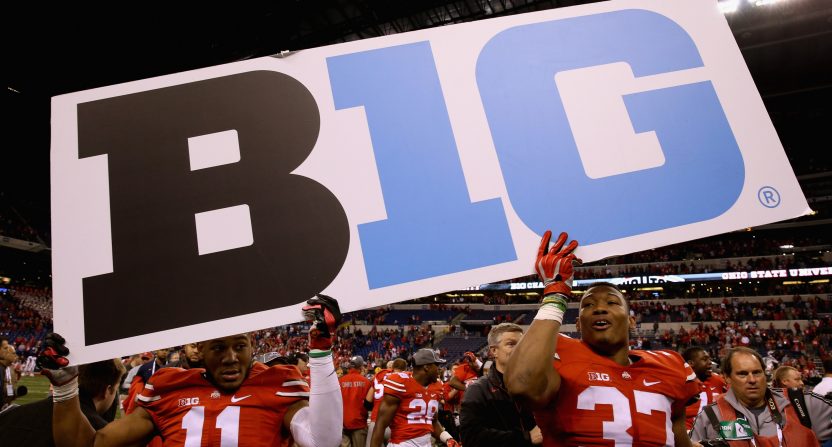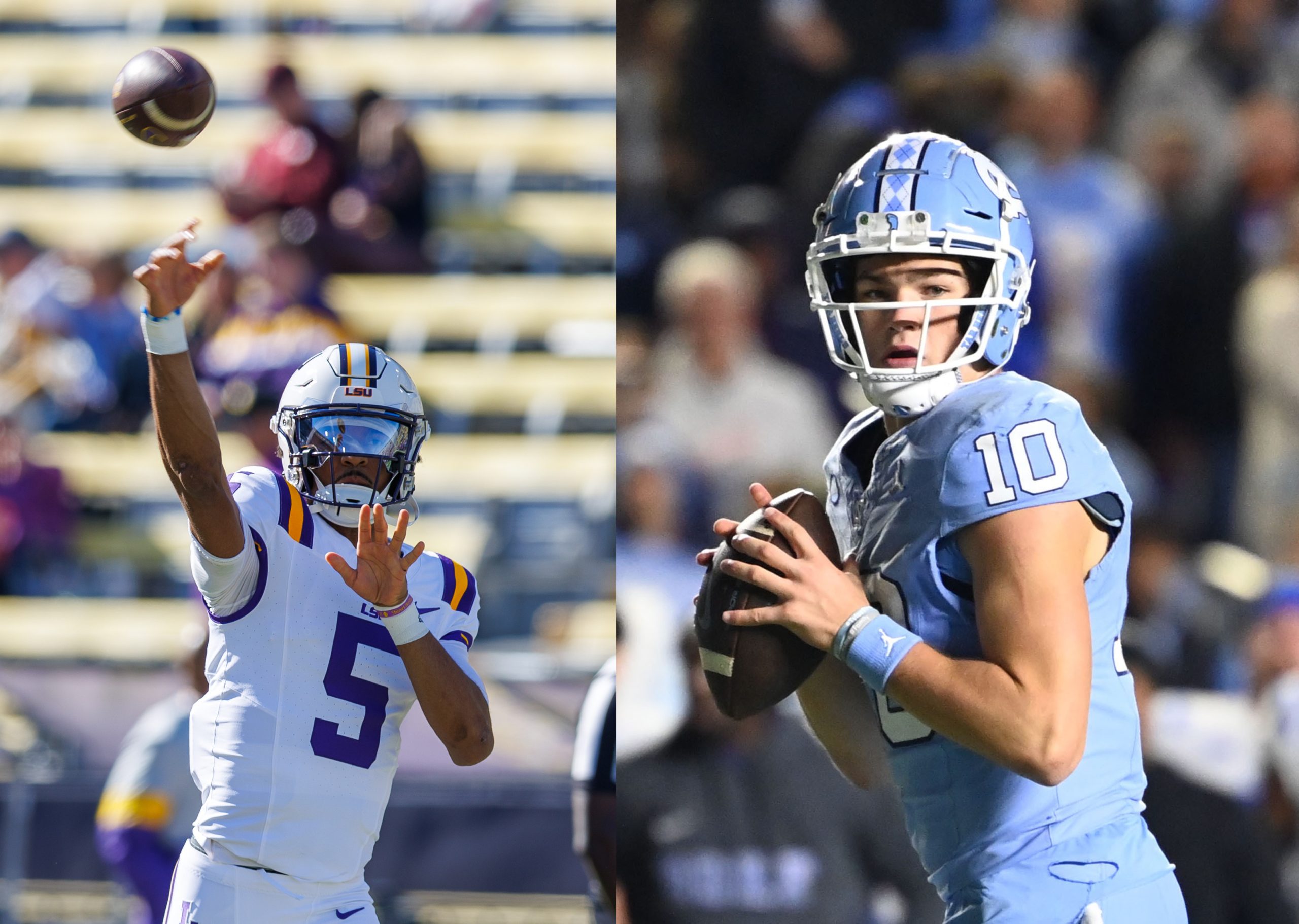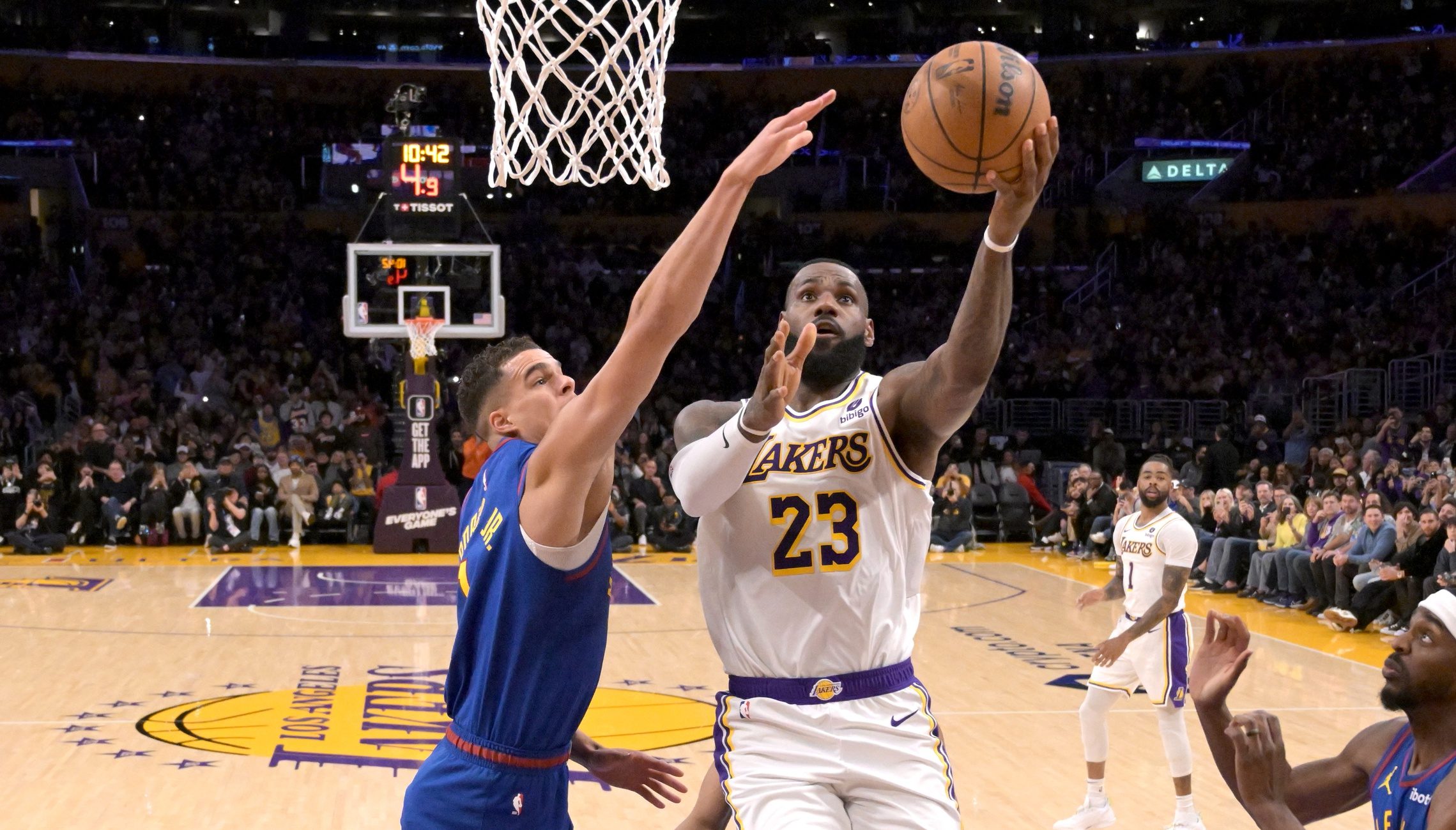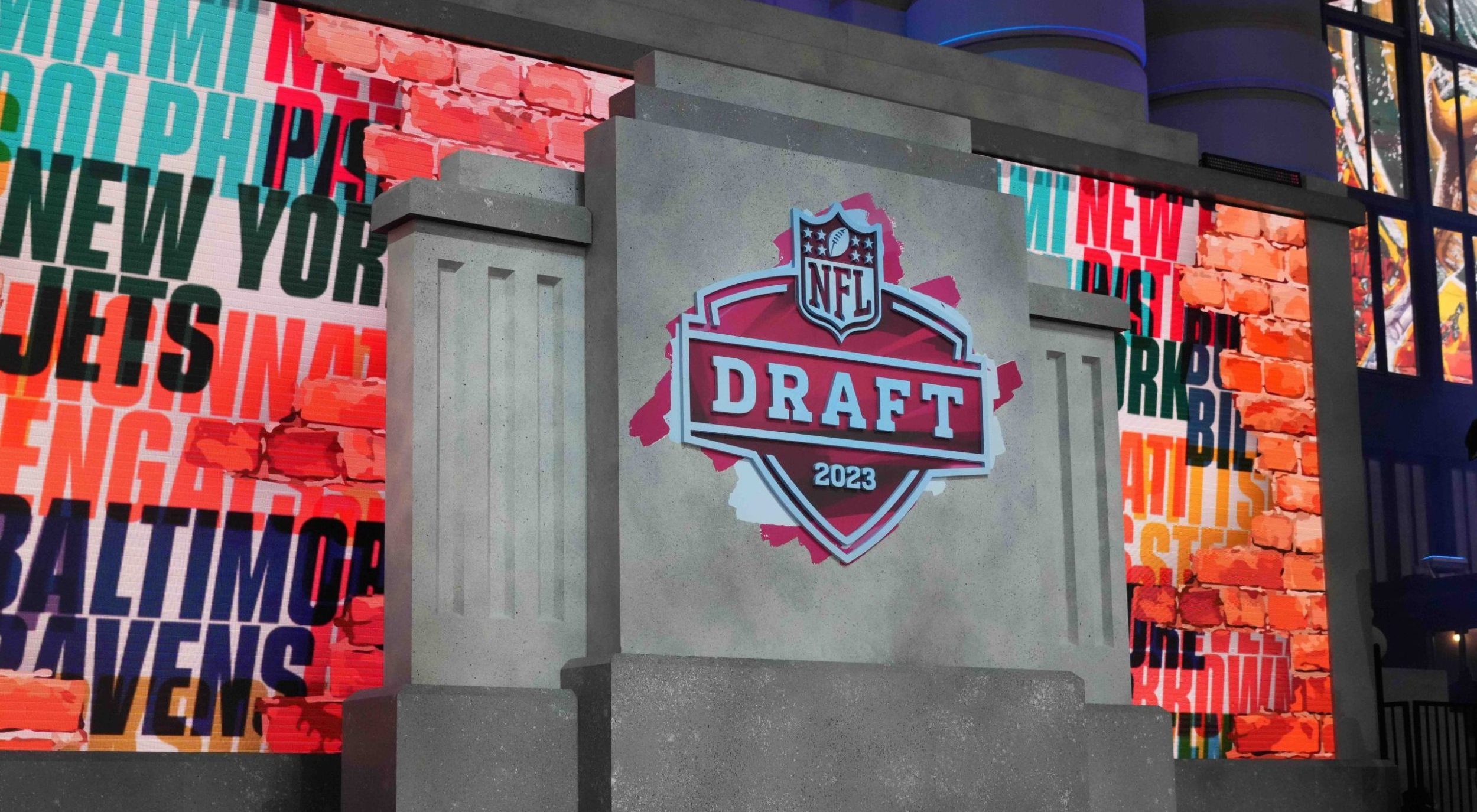College football has a pronounced elite tier of five Division I conferences, which includes the ACC, Big Ten, Big 12, Pac-12, and SEC. Those leagues generally have the best teams in the country, and they have automatic bids into New Year’s Six bowl games. They’ve become the best leagues because they have the most resources.
The “Power Five” leagues have 65 teams (including Notre Dame), 52 of which are public and under financial disclosure laws. Those 52 teams are among the 53 richest public athletic departments in college sports. The only team to infiltrate the Power Five revenue ranks is Connecticut, which comes in at No. 48 and was once itself a “power conference” team in the Big East.
The more money a team has, the more likely that team is to compete well on the field. Considering how they got to the top, the bottom three leagues in the Power Five might have reason to worry soon.
USA Today found that the SEC has begun distributing $40 million to each member school. Ten SEC teams make at least $100 million per year, and with the uptick in distributions this year, Missouri—currently at $91 million—could make it 11 soon. That’s a massive increase in revenue from just a decade ago. For instance, in 2005-06, Alabama athletics reported $67.7 million in total revenue. In 2014-15, that was more than doubled, up to $148.9 million.
The Big Ten is likely to be richer than the SEC in the near future thanks to the success of the Big Ten Network and massive TV deals from ESPN and FOX. Current projections have the Big Ten deal being worth $45 million per year per school, but the better-than-impressive numbers could send the conference distribution-only revenues north of $50 million per school. The University of Illinois was making just $50.7 million per year in total revenue a decade ago. Now it could get more than that just from the Big Ten, not counting its own marketing deals, ticket sales, merchandise sales, etc.
This is all great news for teams from the SEC and Big Ten, which, as non-profits that are incentivized both economically and legally to pretend they are broke, are spending like crazy. The University of Iowa, for instance, is funding a $90 million stadium renovation entirely with television revenue.
In college sports, money buys success because teams spend lavishly on top-of-the-line facilities to attract the best high school recruits. Get worse recruits and the on-field results will suffer. That’s why the Big Ten and SEC’s financial windfall is bad news for the ACC, Big 12, and Pac-12.
This year, the Pac-12 will distribute $13 million less to each school than the SEC does. If the Big Ten does surpass previous estimates and distributes north of $50 million per school in 2017-18, then the league will give its schools $20 million more than the Pac-12 will give to its schools each year. That’s a lot of facilities upgrades that the Big Ten and SEC can use to entice recruits that the Pac-12 might not be able to afford. The ACC and Big 12 face a similar predicament.
This doesn’t mean that Florida State and Purdue will suddenly switch places in the college football hierarchy. However, it does mean that Ohio State, Michigan, Alabama, LSU, Florida, etc., will have even more resources to recruit against the Florida States and USCs of the world. It also means that the worst teams in the ACC, Big 12, and Pac-12 are in danger of being entirely non-competitive.
Even though revenues have skyrocketed in the past decade, we have never seen an acceleration and widening of the gap that we’re about to see from the SEC and Big Ten in the coming years. Perhaps the top teams in the ACC, Big 12 and Pac-12 will find creative ways to make up the deficit. But money talks in college football, and a “Power Two” might soon emerge from the Power Five.







